Dubai Approves Largest Budget in History for 2025-2027
Dubai has approved a historic government budget for the 2025-2027 period, marking the biggest financial allocation in its history. This budget reflects Dubai’s long-term commitment to sustainable growth and improved public service, with revenue projections of AED 302 billion and expenditure projections of AED 272 billion. Sheikh Mohammed bin Rashid Al Maktoum, Vice President and Prime Minister of the UAE and Ruler of Dubai, on his social media handle announced the budget wherein he emphasized infrastructure, social development, and financial stability. Given the rising demand for housing and its impact on property prices in Dubai, a significant portion of the budget has been allocated to developing residential infrastructure and providing improved facilities for citizens.
Key Highlights of the 2025-2027 Dubai Budget
The key points of the 2027-2025 Dubai budget are as follows:
Emphasis on Infrastructure Development
This year, a whopping 46% of Dubai’s 2025 budget has been set aside for mega infrastructure projects, including roads, bridges, energy, and drainage systems of water. The projects will help in facilitating Dubai’s rapid urban growth and future developments, including a new airport.
Investing in Social Services and Housing
It also allots 30% of its budget to priority sectors such as health, education, social development, and housing. The government knows the increase in demand for housing and the pressure it exerts on property prices, hence is engaged in developing residential infrastructure with a view to providing greater facilities to citizens.
Long-Term Stability through Financial Sustainability
Sheikh Mohammed emphasized that Dubai is committed to the management of its finances on a sustainable basis and accordingly targets an operational surplus of 21% of total revenues in the coming year. Besides this, a new portfolio in public-private partnership worth AED 40 billion has been launched to secure financial resiliency and economic prosperity for future generations.
Budget Details and Long-Term Goals for 2025
- Revenue Forecasts: Dubai expects revenue of AED 97.66 billion in 2025.
- Expenditure Plans: Projected expenditures for the same year stand at AED 86.26 billion.
- General Reserves: A general reserve of AED 5 billion from revenue aims to support various development initiatives and contribute to achieving Dubai’s 2030 vision.
Dubai’s budget continues to prioritize the expansion of social services and elevating standards in infrastructure, culture, education, and healthcare. Programs like the Dubai Social Agenda 33 and the Education Strategy 2033 demonstrate Dubai’s dedication to social and educational advancement.
On the Road to the 2030 Vision and Leading the Digital Economy
The government of Dubai is taking conscious steps toward implementing its strategic plan, Dubai 2030, which aims at transforming the Emirate into the world’s capital of the digital economy. The ambitious plans push Dubai to further develop the digital infrastructure, enhance public services, and encourage scientific research in line with the long-term goals of sustainable development and improvement in social welfare.
Financial Stability and Future Investments
Through its disciplined fiscal policy, it focuses on financial stability that promotes Dubai to increase its future investments. It has created a public reserve fund for financial sustainability and allocated 6% of its budget for scientific research, government excellence, creativity, and innovation in the public services sectors to create a high-performance and innovation culture.
Government Budget Allocation for 2025: Focus on Social Development and Infrastructure
The 2025 budget distribution highlights key priorities for the welfare of the community, with a strong emphasis on quality of life improvements and long-term goals aligned with the UAE’s strategic vision.
- Social Development: 30% of the budget goes towards social services, focusing on housing, healthcare, education, women, children, low-income families, and support for sports and youth, elderly care, and people of determination.
- Security, Justice, and Safety: 18% of the budget is dedicated to this sector, recognizing its role as a foundational pillar of Dubai’s society.
- Infrastructure and Construction: 46% of the budget will be invested in construction-related projects, including roads, tunnels, bridges, transport networks, and renewable energy facilities.
- Scientific Development and Innovation: 6% of the budget is allocated to scientific research, government excellence, creativity, and public services to foster a culture of innovation and high achievement.
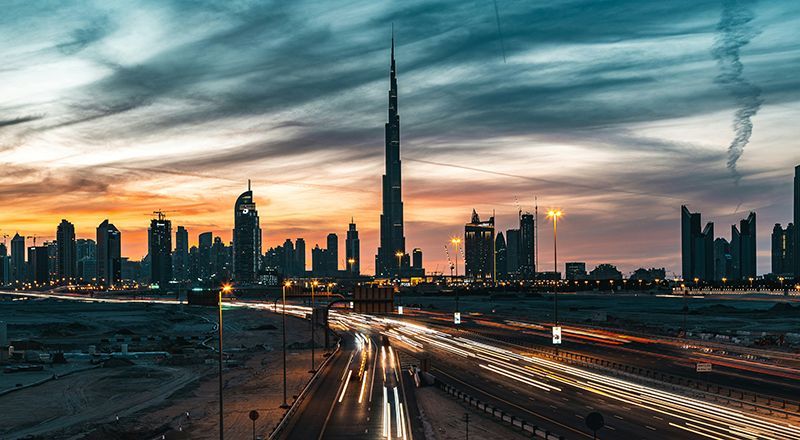
Commitment to Sustainable Development and Economic Progress
Dubai’s 2025 budget underscores the UAE’s dedication to sustainable development, social welfare, and economic progress. The strategic allocation of funds across different sectors reflects the government’s aim to improve the quality of life for citizens and enhance the UAE’s global standing.
Financial Planning and Cost Efficiency
Aref Abdulrahman Ahli, Executive Director of the Planning & General Budget Sector at DF, stated:
“The vision of Sheikh Mohammed bin Rashid Al Maktoum, supported by the directives of Sheikh Hamdan bin Mohammed bin Rashid Al Maktoum, have been a driving force for sound financial planning. Thanks to their guidance, we were able to develop an unprecedented three-year financial plan, the largest in the history of the emirate.”
Ahmad Ali Meftah, Acting Executive Director of the Central Accounts Sector at DF, said:
“The three-year budget cycle for 2025-2027 has been meticulously designed to support Dubai’s digitalisation strategy. This includes digitising government fee payment channels to streamline customer transactions and enhance their satisfaction. We have launched the Smart Installment System for government fees and are piloting the Biometric Payment System for faceprint and palmprint, in collaboration with several government entities”.

Future of Digital Transactions and Non-Cash Strategy
The budget cycle 2025-2027 has been developed to facilitate Dubai’s digital transformation initiatives through full support by digitizing all government payments to provide easy transactions and increase customer satisfaction. It has introduced a smart installment system for all kinds of government fees, and it is working on the piloting of the biometric payment system for smooth transactions.
In 2023, 97% of Dubai’s government transactions were done online. The less cash strategy of Dubai means reaching 90% less cash in both public and private sectors by 2026, where the city justifies its name by leading in the digital economy.
Conclusion
Dubai’s record budget for 2025-2027 is a huge stride toward social and economic development. The ambitious plan, with an emphasis on infrastructure, social services, and a robust digital economy, is a strong testament to Dubai’s determination toward the realization of its vision for 2030 and setting a global standard for sustainable growth and financial resilience.
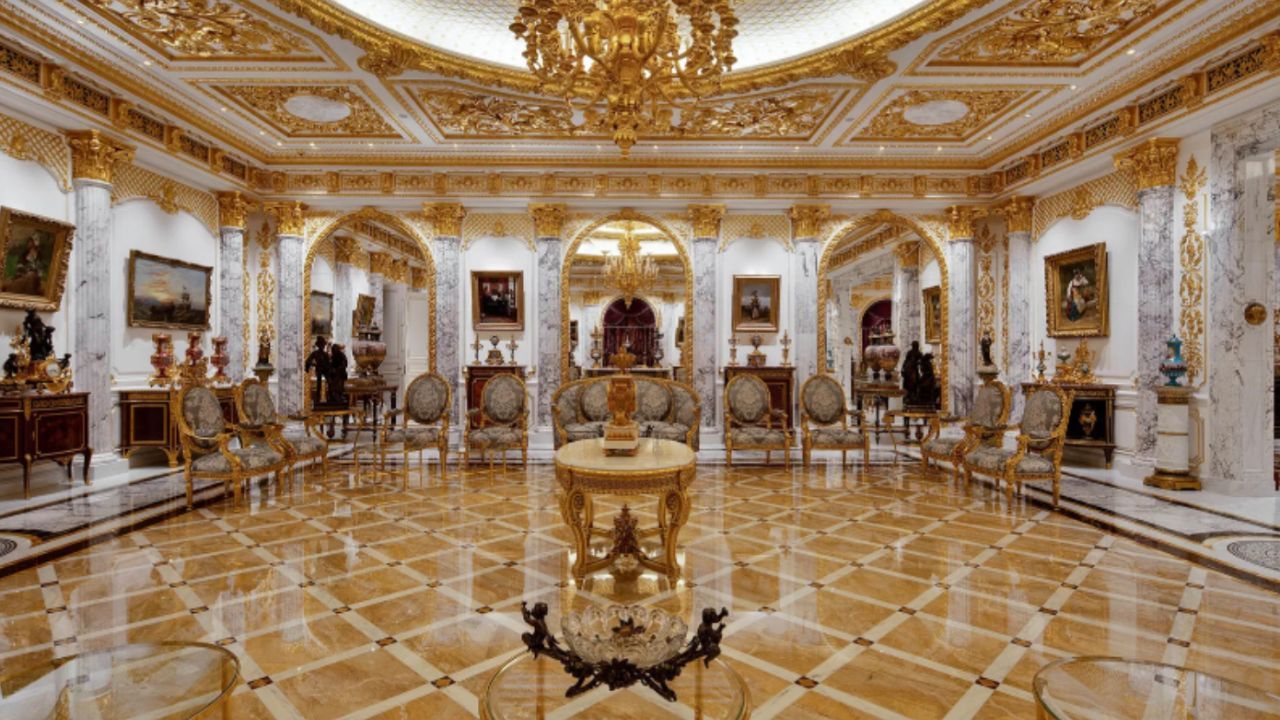
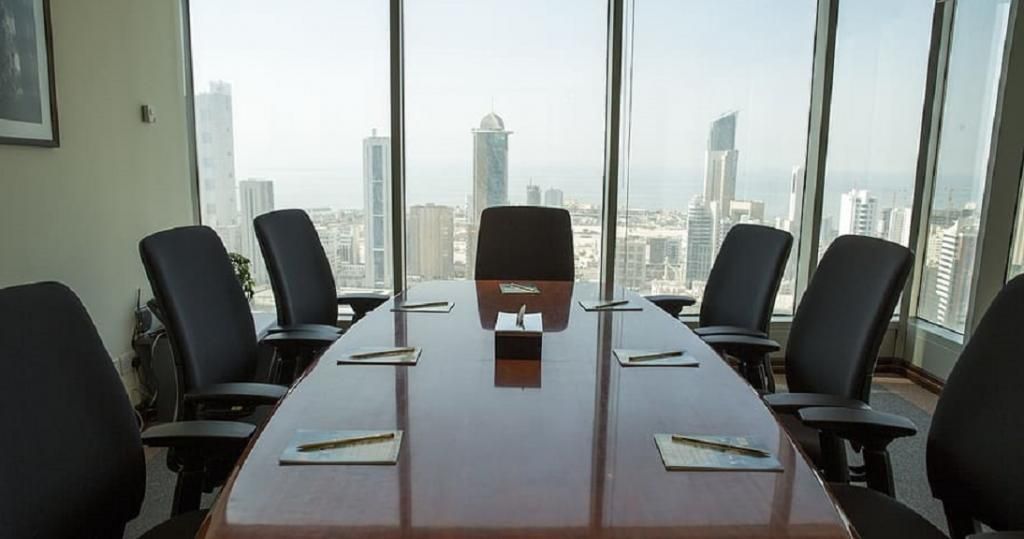



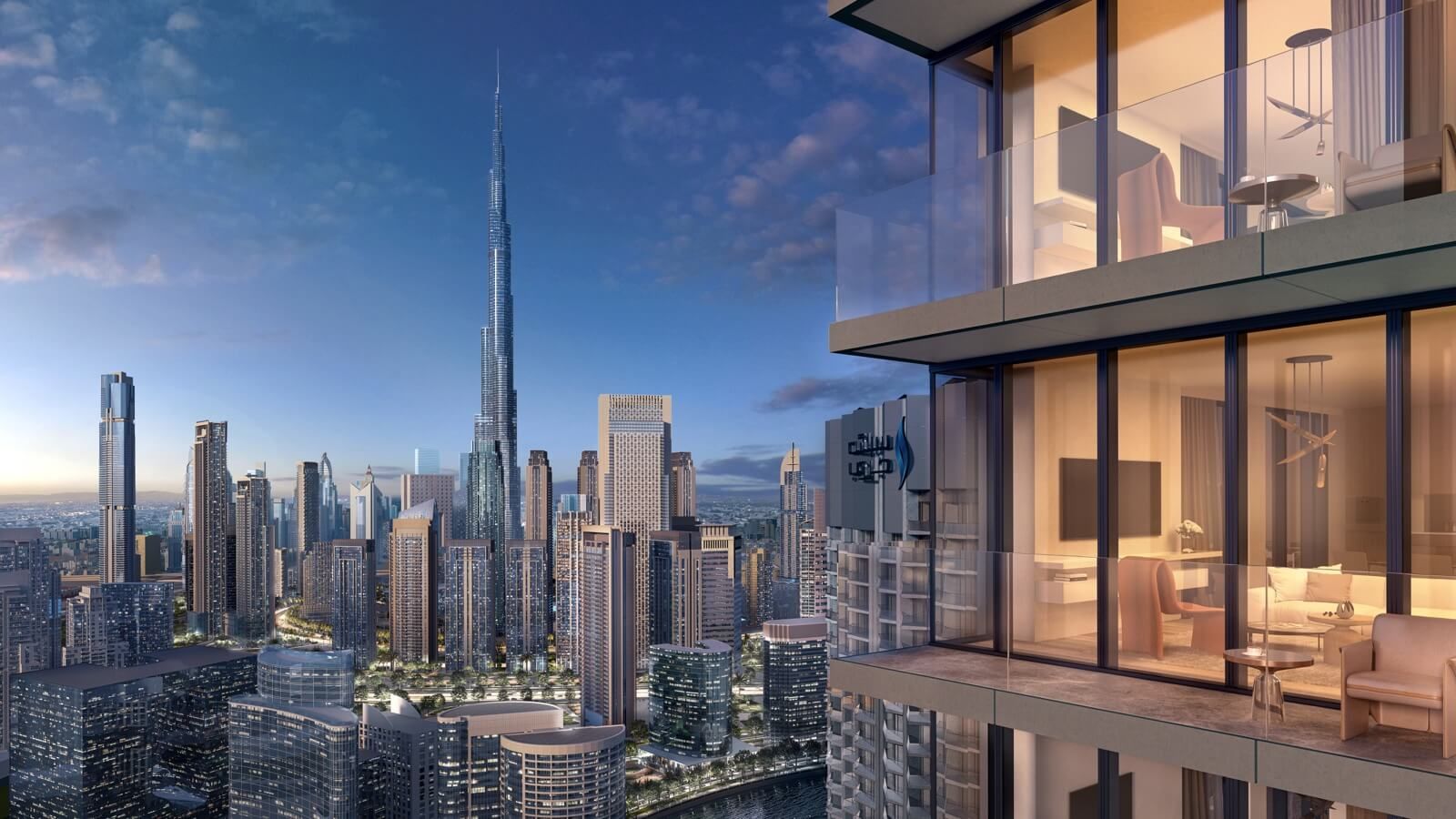
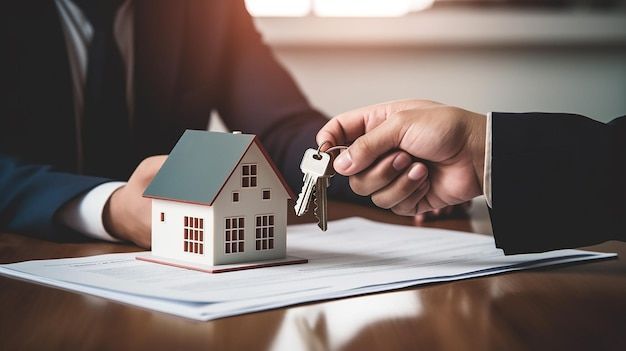



MENU
CONTACT
+971 50 947 2404
info@qicrealty.com
Westburry Tower,
Business Bay, Dubai
United Arab Emirates
NEWSLETTER
Join our newsletter and get exclusive insights
Join the Newsletter
We will get back to you as soon as possible
Please try again later
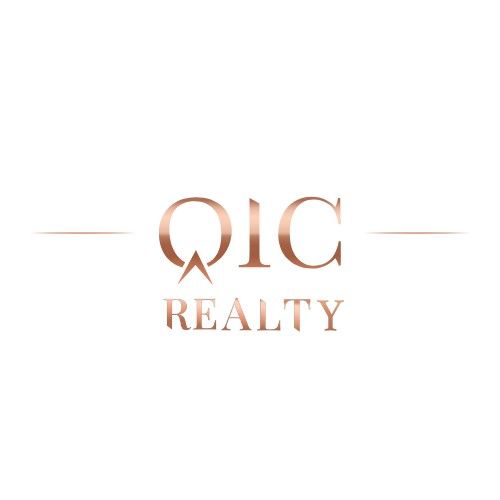
COMPANY
We unite investors’ interests, curated properties, energetic team, innovations & aesthetics in one place. As the region's premier destination for buying and selling luxury real estate, we have proudly served the area for many years.
QIC REALTY ©2025 All Rights Reserved



